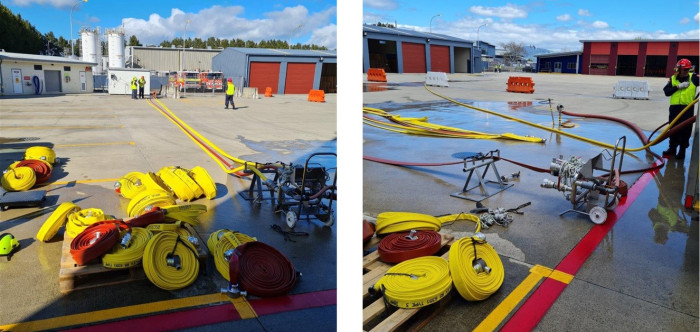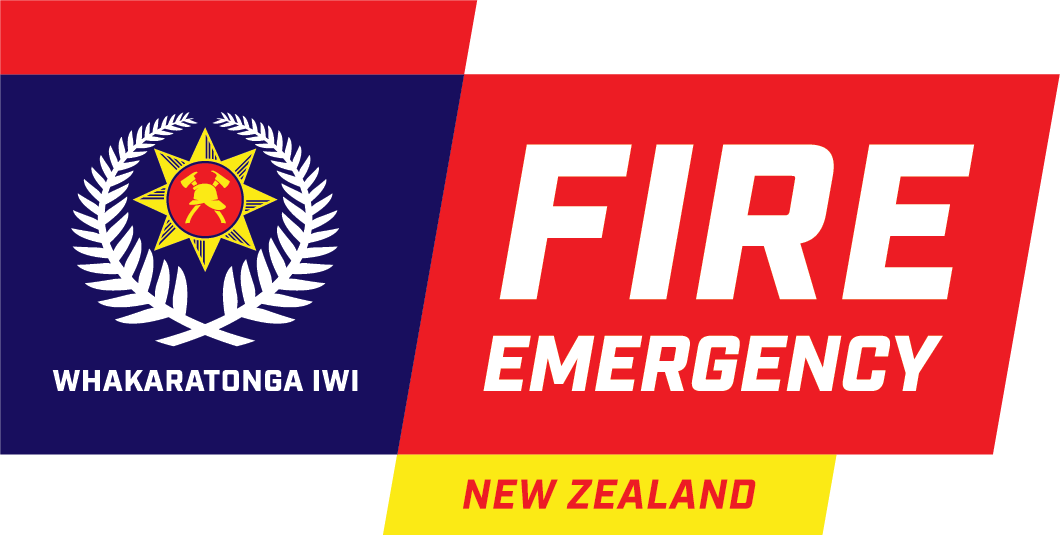The rigours of equipment testing
As technology advances, so do the number of products and equipment options that would benefit Fire and Emergency frontline personnel. There are many that don’t pass that first suggestion stage, and others that don’t pass the strict procurement process or the stringent testing process.
Once equipment has passed procurement requirements, it then goes to testing from a performance and operational perspective. Depending on the type of equipment, this can be purely on the ground testing, or if it passes that stage, it can then go on to be tested at a number of fire stations for formal trials. At all stages of the process, subject matter experts (SMEs) are involved, which can include career and volunteer firefighters, equipment and logistic technicians, equipment trainers, operations advisors and our union and association equipment and logistics representatives.
“We want our frontline firefighters involved in the final go/no go selection for all our equipment, to ensure it is all fit for purpose. We want to provide the best quality, fit-for-purpose gear for our firefighters” shared Charlie Lott, National Manager, Equipment and Logistics.
Two types of equipment have recently been given approval following meeting the necessary usability requirements. The first was portable pumps. Following the tender process and meeting procurement requirements, ten personnel from across the organisation trialled the shortlisted portable pumps in the field.
Over four days, the team took the portable pumps through a set range of performance and technical requirements to test and assess their capability, scoring each pump on each requirement. These requirement tests needed to consider:
|
Performance requirements: |
Technical requirements: |
|
Safety |
Performance and operation |
|
Configuration and layout requirements |
Safety |
|
Output performance |
Construction and quality |
|
Extended run time performance |
|
|
Deep lift performance |
|
“The pumps really got put through their paces, including what you’d expect from them when you’re using them in the field, if not more” says Matthew Walker, Chief Fire Officer, Leeston Volunteer Fire Brigade and Equipment and Logistics Manager for Te Ihu.
Following four days of intensive testing, the team spent the fifth day evaluating the results from the tests and finalising the recommendations for each pump subcategory.
Once a product has met all the requirements and been approved, it is added to a panel of four-five suppliers so that we can purchase an approved pump that meets the needs of the station or brigade. Having more than one pump supplier to choose from in each category also helps overcome any global supply issues currently being experienced. This is part of a deliberate approach to make our equipment and logistics supply chains resilient in the current economic environment.

Photos: Pumps being put through a range of test requirements
The recent hose trial included putting the shortlisted hoses through formal trials onsite over two days, replicating what happens operationally and ensuring the hoses are fit for purpose. The initial testing team included career and volunteer firefighters, ranging from major metro to provincial brigades. Each hose went through a range of rigorous testing requirements, including pressure testing, friction loss, roll out and make up, and patching, to test them in operational scenarios.
Following this intensive two-day process, SMEs involved in the trial confirmed the brands of hose they considered to be suitable to progress to the second stage of the trial. The second stage of the trial will take place over three months across 14 fire stations so that operational firefighters can test the hose in training and at incidents.
As with the pumps, a formal evaluation process will take place after the trials, to decide which brands of hose will be selected and added to the panel of suppliers.

Photos: Hoses being put through a range of test requirements
